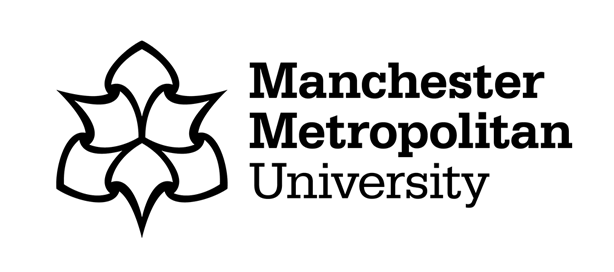
The photograph that I submitted for the Images of Research competition in 2020, was taken during a workshop we were conducting in Kampala, Uganda, as part of our Global Challenges Research Fund (GCRF) and Arts and Humanities Research Council (AHRC) funded Belonging and Learning 1 network project. With this project, we aimed to explore the role of arts-based methods in promoting dialogue between displaced populations of young people and policy makers concerned with education provision. In particular, we were concerned with young people who: were street-connected in Kenya; had been forcibly displaced and were living as refugees in Uganda; or were displaced as a result of conflict and/or street-connected in the Democratic Republic of Congo (DRC).
Policy decisions are often made by people with little or no experience of what it means to be displaced and participation by young people in decision-making processes aren’t always prioritised in policy contexts. When young people are involved, the process often takes place through adult-oriented modes of communication. With this project, we aimed to explore creative ways of consulting young people to better engage with and understand the complexity of their experiences. Essentially, we wanted to enable dialogue between policy makers and young people in a way that reduced the power imbalances in the room – encouraging those in power to set aside their position and listen to the voices of the young people. Each of the workshops centred upon a particular art form: dance in Nairobi, visual art in Kampala, and verbal arts in Bukavu.
In Kampala, we collaborated with Charity Atukunda, who is the artist who co-facilitated the workshop. She focused on the use of charcoal dust – which can be sourced cheaply in local markets as it is used as a fuel for cooking – and glue to make abstract patterns, and other mediums such as watercolours, coloured pencils and markers. In addition to creating art, we discussed the young people’s experiences of leaving their home countries for Uganda and of trying to transition into a new life and accessing education. The image was taken on the morning of the second day. Charity provided the young people with a space to explore the different media they had been using on the first day to create their images, to experiment and create freely.
I chose this image to represent our project as it focuses on the creation process, which was at the heart of what we were trying to achieve. In this particular workshop, the young people created the art and the policy makers joined us in the evening for the exhibition, developing an understanding of the young people’s situations through their conversations about the art. In Kenya and the DRC, the young people and policy makers danced or wrote poetry together – engaging in a process of co-creation. This image also reminds me of the young people who participated in the workshop in Kampala. They were all at different stages of negotiating lives for themselves in Kampala and developing their identities as artists. In bringing them together, we indirectly provided them with an immediate peer support network of other young people with similar experiences. Watching them interact and share contact details was a definite highlight, as it happened organically rather than as something we had planned to develop.
As this project focused on art, using photographs to capture the creation process was an important part of developing records of our reflections. I have found that using photography in this way has been useful in my other projects – when used appropriately and with the permission of the participants – and I would encourage other researchers to consider the use of images within their own research diaries. However, photographs do more than showcase our research and faces remove participants’ anonymity. As the workshops were developed to build networks and pilot methods to inform future projects, they were only one or two days in duration. We did not feel that we would be able to fully explore with the participants, the implications of using their pictures online, such as being identified as street-connected or as a refugee. Therefore, all of our images focus on the hands and feet that were engaged in creating the art and do not include faces or any other identifying features.
Having the image shortlisted for the ECR category of the 2020 Images of Research competition was a great opportunity to showcase the project, as well as the importance of arts-based methods in research and in encouraging dialogue between young people and policy makers.
1Belonging and Learning: Using co-produced arts methodologies to explore youth participation in contexts of conflict in Kenya, Uganda and the Democratic Republic of Congo was funded through GCRF by the AHRC (AH/S003916/1). The project was delivered by a collaboration of artists (Charity Atukunda, Faustin Muliru and Mike Wamaya), practitioners (Thomas D’Aquin Rubambura and Vicky Ferguson), and academics (Su Corcoran, Kate Pahl and Virginie Tallio).
Su Lyn Corcoran is a Research Associate in the Education and Social Science Research Institute here at Manchester Metropolitan University and programme officer at the Enabling Education Network where she co-edits the Enabling Education Review. She draws on her experience of teaching science and theory of knowledge in the UK and the international sector, and working with international non-governmental organisations delivering programmes in lower income countries, to take a cross-sectoral and interdisciplinary approach to research. Su is interested in ‘blue sky inclusion’ (inclusive education in the broadest sense), refugees, street-connectedness, equity in education, youth employment and social justice. Her research is mainly focused on East and Central Africa.
Su was a finalist in the 2020 Images of Research competition. The 2021 competition will launch soon. Check out the celebratory brochure and website here: https://www.mmu.ac.uk/research/research-study/events/images/


